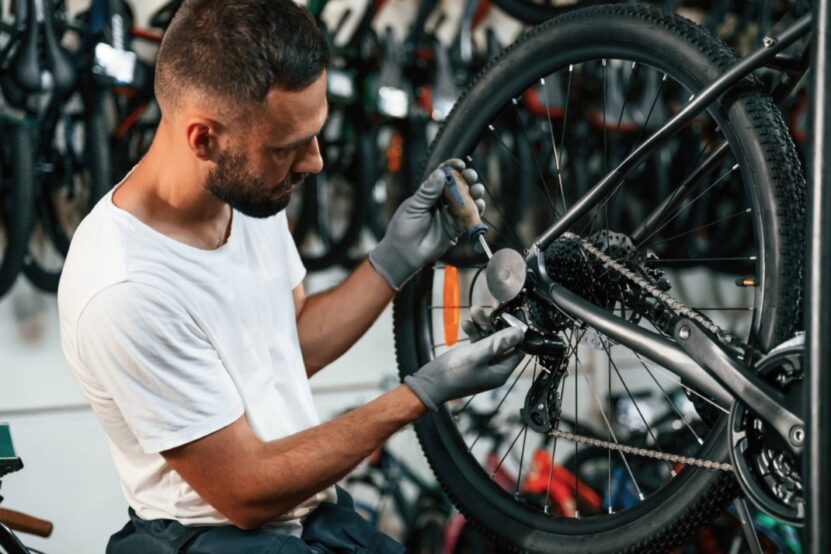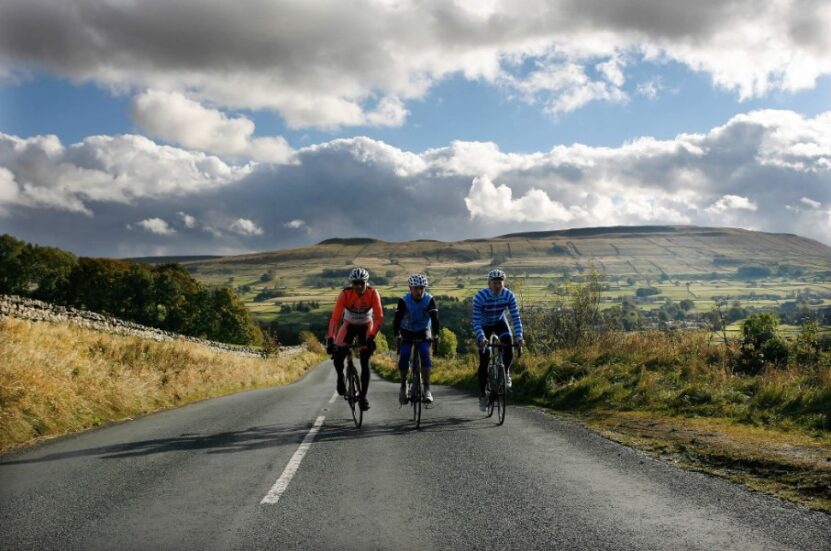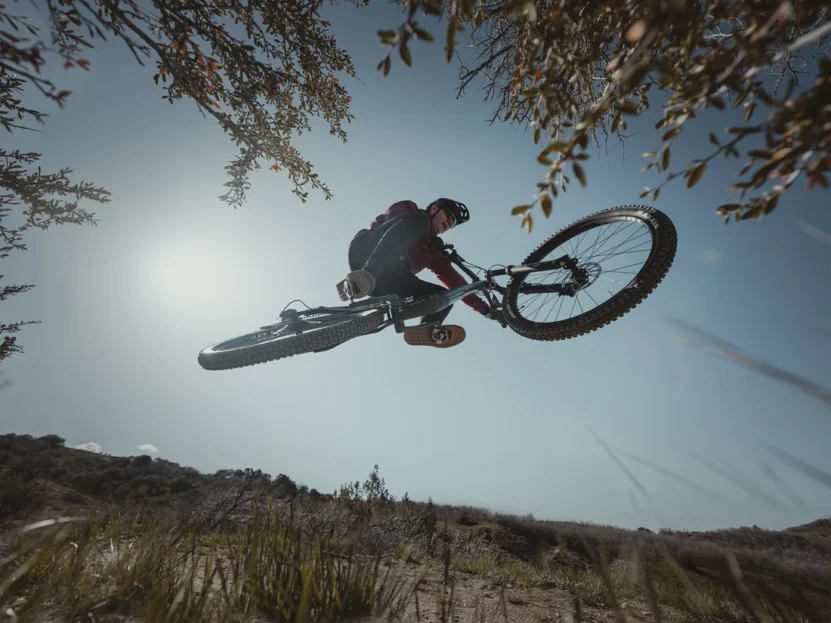Before heading out on a long training ride, prepare well before you hit the road. While focusing on route planning or nutrition is easy, giving your bike a proper check ensures your ride is as smooth, safe and effective as possible. Ignoring the basics like tyre condition, wheel alignment, and general wear can lead to problems that ruin your rhythm or even cut your session short.
Getting into the habit of running through a few key checks before every long ride will save you time in the long run and help you stay focused on training rather than troubleshooting.
Why Tyre Condition Affects Your Ride
The state of your tyres directly impacts how your bike handles, how comfortable the ride feels and how much strain it puts on your body. If your tyres are underinflated, too worn or not suited to your terrain, you’ll likely notice more vibration, unpredictable cornering, and fatigue in your hands, wrists and back.
Choosing the right tyre for your set-up makes a real difference, especially on extended rides where comfort and efficiency are key. If you want to upgrade, it’s worth exploring the best tyres for road bikes, which strike the right balance between grip, durability and responsiveness.
Riding long distances on poorly maintained tyres often leads to common complaints like wrist pain or lower back ache. That’s because bad tires fail to absorb vibrations properly. With the right pressure and a well-maintained surface, your bike tyres help reduce shock transfer, making each mile feel smoother and less demanding.
Injuries Caused by Poor Tyre Maintenance

Neglecting your tyres can damage your equipment and stress your body unnecessarily. Long rides amplify even minor flaws in tyre performance, and when your bike wheels aren’t properly supported by good tyres, your joints and muscles do extra work.
You may notice wrist issues such as tingling or numbness, especially if the vibration isn’t absorbed. Neck and shoulder tension is also common on poorly maintained set-ups. Soft or overinflated tyres shift more shock into your arms and back, increasing the chance of pain and post-ride fatigue.
Tyres that are too hard or soft for your weight or riding style may also affect your knees. Excess stiffness increases impact, while overly soft tyres make you work harder with each pedal stroke. Striking the right pressure range is essential for protecting joints over longer distances.
Setting Tyre Pressure for Performance and Comfort
Getting the pressure right isn’t guesswork. Your ideal range depends on several factors – rider weight, tyre width, and road conditions all matter. If your bike tyres feel sluggish or harsh, it could be due to small errors in pressure.
Wider tyres can run slightly lower pressures without compromising speed, while narrower tyres usually perform better with higher pressure. Matching your set-up to the conditions means experimenting within safe guidelines to see what feels best.
Daily conditions can change how your tyres behave. Morning rides may require a pressure top-up due to overnight temperature drops. Keeping a reliable pressure gauge in your toolkit is a simple but effective way to ensure you’re always within the right range, far more accurate than using your hands.
Rear tyres generally carry more weight, so adding more pressure is sensible compared to the front. That keeps your ride balanced and extends the life of your tyres by spreading wear more evenly.
Adjusting Pressure for Different Road Conditions

Not all training days are the same. On wet roads, reducing pressure slightly increases grip and improves stopping power. The tyre’s contact patch becomes more effective, helping prevent slips on corners or during braking.
If your route takes you across uneven terrain or rougher roads, lowering pressure just a touch makes a noticeable difference. Softer tyres absorb more bumps, protecting your hands and arms from vibration and keeping your effort consistent without sudden jolts.
During interval sessions or speed-focused training, a firmer set-up can reduce rolling resistance, helping you maintain pace during short bursts. But comfort often wins out for longer endurance rides, especially on mixed surfaces, so it’s smart to go for the lower end of your pressure range where safe.
Checking Tread and Sidewalls for Wear
It’s not all about pressure. The condition of the tread and sidewalls greatly affects tyre performance. Damaged tread can lead to unexpected flats, while worn sidewalls compromise structural strength and may even cause blowouts.
Run your fingers across the tread to feel for sharp debris. Look closely for cuts, embedded stones or flattened sections. If your tyres have wear indicators, check whether they’re still visible – when they disappear, replacement time is close.
Sidewalls need just as much attention. Cracks, bulges, or soft spots are all warning signs. Any part that feels thinner or starts to fray needs to be dealt with before your next big ride. Catching these early saves hassle and protects your wheels from damage, too.
Why Wheel Checks Matter for Long-Distance Cycling

Your bike wheels are constantly under load; even slight misalignments can throw off your ride. A wheel that’s out of true, even by a few millimetres, affects how your tyres wear and can lead to handling problems.
Flip your bike over and spin each wheel. Watch the space between the rim and brake pads to check for wobbles. If the wheel doesn’t spin evenly, it may need truing. Loose spokes are another red flag. Tap them with a small tool; each should sound similar. A noticeably dull sound often means it’s loose.
The braking surfaces on your rims also need inspecting. Look for rough patches or pitting, which can weaken braking performance. This is especially important if your route includes long descents, where reliable stopping power is essential.
Check that both wheels spin freely and quietly. Any grinding or sticking could mean the hubs need attention. Well-lubricated hubs reduce friction and help you maintain smooth momentum throughout your session.
Wrap-Up ─ Ride Further With Fewer Distractions
A reliable long-distance ride starts with a well-maintained bike. Giving regular attention to your tyres, wheels, and pressure set-up isn’t about perfectionism; it’s about riding smarter and avoiding issues that hold you back.
Checking your tread, adjusting for road conditions, and listening to how your bike feels helps you confidently push further. These small actions save time, energy and discomfort so that you can stay focused on the ride ahead instead of the problems beneath you.

